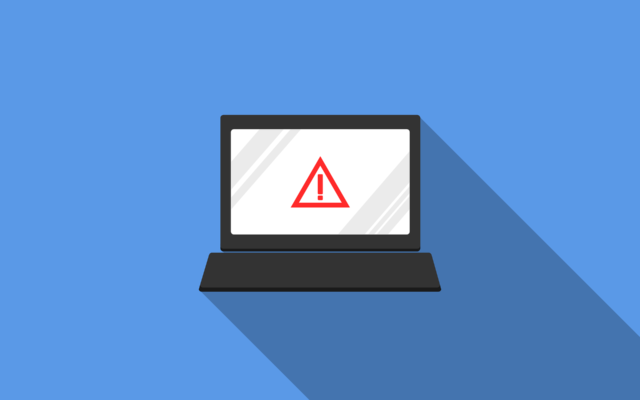Technology is mobile and constantly within reach. Because the business world is ever-changing, using mobile devices in an office setting has never been more essential. However, for a small or even medium-sized business, buying everyone on staff a new device for work can get expensive fast. Luckily, everyone already has a personal device.
Allowing employees to use their devices for work can be a win-win for you and them. However, security problems arise. Their devices can get lost or stolen, employees leaving the company might refuse to wipe the data, they may not update the device enough or their Wi-Fi may be insecure. There are a plethora of ways using personal devices for business can go wrong. Fortunately, there are ways to help.
1. Protect the Data, Not the Device
Of course, you want to protect the device, too, but starting security with the data can be a smart way to trip up would-be hackers. Plenty of security software, even Microsoft 365, offers ways to encrypt data from rest to transport and everywhere in between. This sort of protection starts with the cloud server the data is hopefully coming from. A protected cloud can strongly benefit a business and leave behind peace of mind.
Even if you don’t store your data in the cloud, there are still ways to defend your resources. Encryption can occur on all levels of the data’s lifecycle, so starting the security process sooner rather than later can help everyone. If you’re still worried about security, there are other ways.
2. Remote Wiping
The ability to wipe a device remotely is one of those things you need to clear up with all your employees first, making sure to get everyone to sign a contract about the software. You can require employees to install a software to wipe all the data on the device from any location. If a device gets lost or stolen, this software can save a company.
You can also use the software to lock down the data to prevent everything from being completely lost. Hackers could still find a way inside, as locking isn’t as protective as wiping, but at least the data still exists. To allow your employees to rest easily, encourage them to keep business and personal data separately on the device. If you have to wipe the data, hopefully, the employee won’t have to lose their personal information, too.
3. Network Authentication
Sometimes, passwords and accounts aren’t enough. You may need to keep track of devices and IP addresses, too. Tying the devices to the larger network under user identities and roles can allow you to see what every device is doing. Again, you aren’t spying on personal data — only what the device is doing on the business’ network. With this system, the IT department can allow various levels of access to different employees.
There are also different sorts of authentication beyond passwords or networks. Using biometric or fingerprint scanners can provide an extra level of security in devices and on the premises. Taking every way a user can show their identity into account can prevent a hacker from joining in the fray and stealing everything while you watch.
4. Security Patches and Updates
Keeping business-related software up to date on every aspect is critical. However, some employees may be wary of updating their devices all the time, fearing bugs in the new software could damage their phone. While they have a point, security is the top priority of the company and those data files. Losing everything because employees didn’t update their devices can be beyond frustrating.
To set a middle ground, get a trusted IT adviser to handle all the software updates and security patches. Sometimes an update will provide security fixes, such as the Windows patch to stop ransomware, but the fix won’t work if nobody installs the update.
5. Back up the Data Regularly
This solution likely sounds obvious but also bears repeating frequently. Backing up the data at least weekly, if not more often, can protect your information if the worst were to happen. If a device gets lost or stolen or a hacker uses ransomware on your equipment, you have the backup information already there and available without having to worry.
Sometimes, we have to protect ourselves from more than just other people. Natural disasters and other catastrophes won’t keep your onsite backups safe. Storing the encrypted information on a separate server with IT people you trust can ensure safety.
Security Blankets
Data will never be completely safe. Something is always bound to happen. As technology and security get better, so do the hackers and their arsenal. Coming to terms with and accepting you can’t prevent every outcome will help if or when the worst occurs. However, your job is to make sure hackers have as hard of a time as possible taking your business away. Keep security top notch, always have backups for your backups and employ people you can trust.
Article by channel:
Everything you need to know about Digital Transformation
The best articles, news and events direct to your inbox
Read more articles tagged: Cyber Security, Featured







